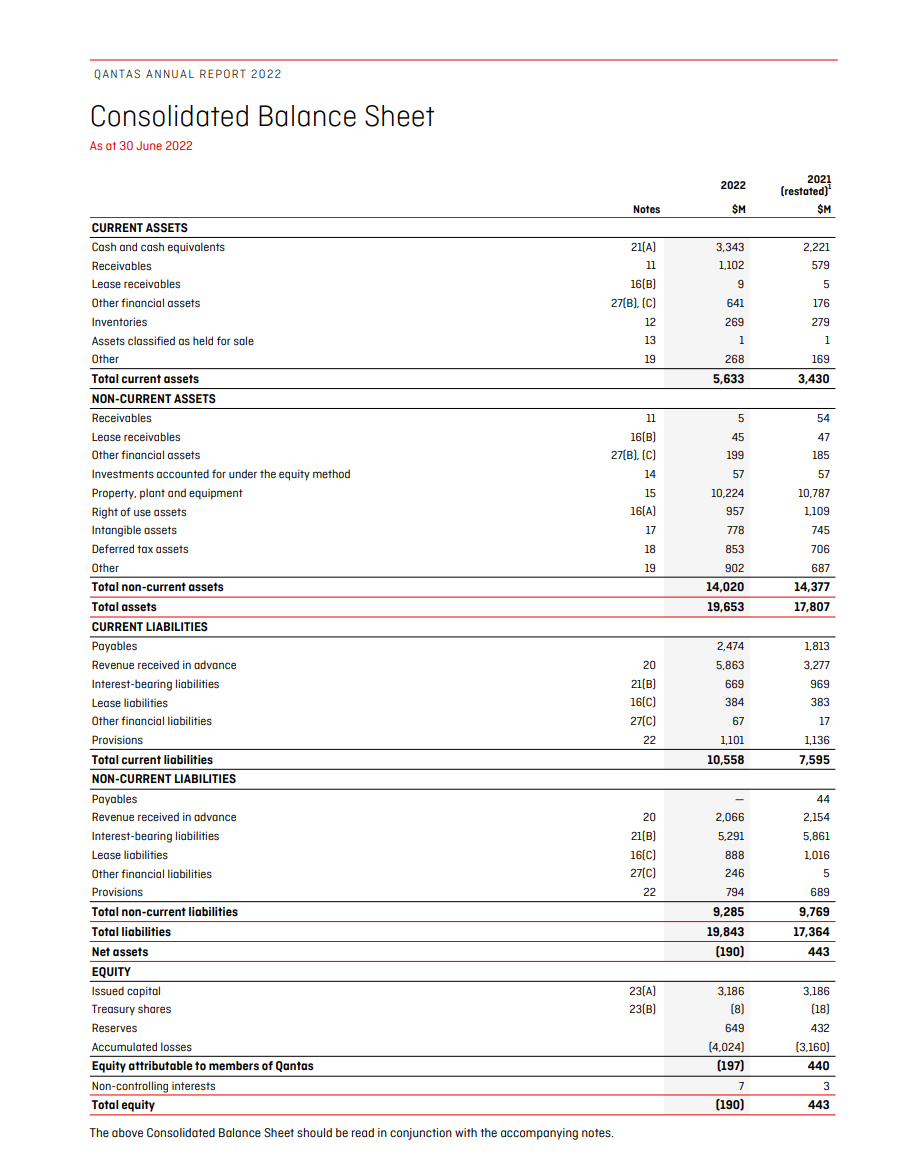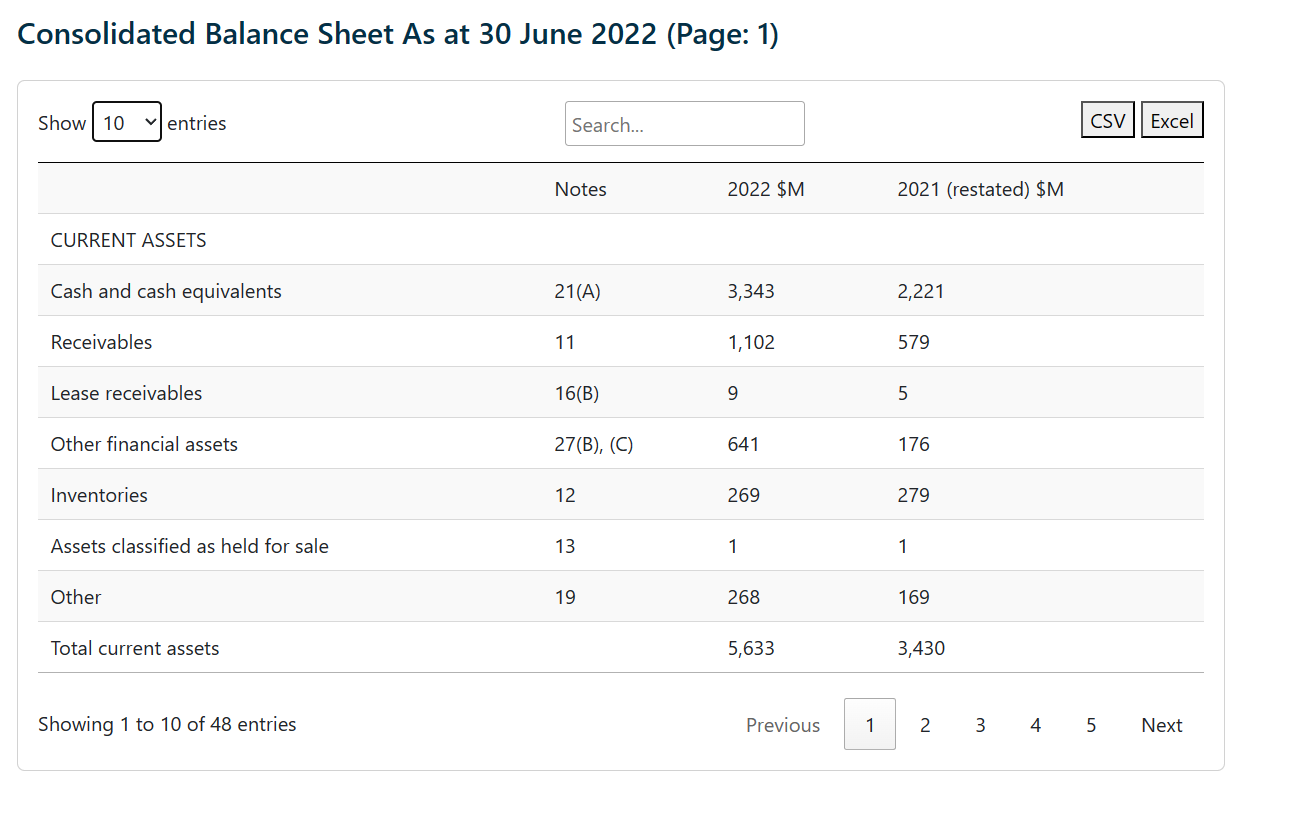[HOW TO] Copy balance sheet from PDF to Excel
Tutorial on how to copy your company balance sheet pdf to excel
Sep 21, 2023 | Read time 7 minutes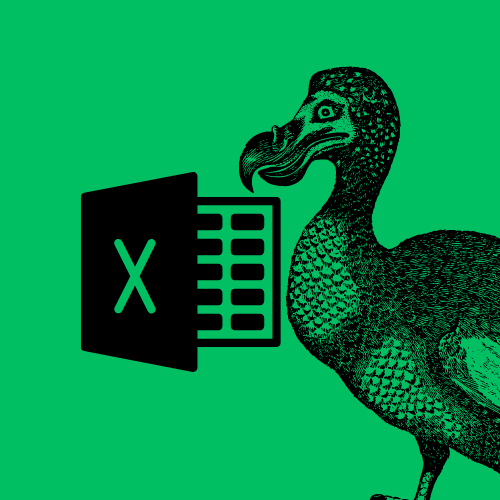
📗 Table of contents
Introduction
After every financial year, one task when doing data analysis of a balance sheet is to take the data from the PDF and copy it over to Excel.
Using just manual copy and paste would work with balance sheet documents that are small. However this gets complicated fast if you have to deal with many of them.
Personally I would rather be doing something else than spending time laboriously doing data entry.
We can automate this using multiple methods. In this post I will review 3 ways you can do this.
- Using PdfDodo
- Using Microsoft Word
- Using Adobe Pro
What is a company balance sheet?
A balance sheet is one of the fundamental financial statements that provides a snapshot of a company’s financial health at a specific point in time. It’s like a photograph of what a company owns and owes.
Here’s a breakdown of its main components:
- Assets: These are things the company owns that have value. This includes tangible items like buildings, machinery, and cash, as well as intangible items like patents or trademarks.
- Liabilities: These are amounts the company owes to others, like loans, salaries to be paid, or bills.
- Equity: This is the residual interest in the assets of the entity after deducting liabilities. In simple terms, it’s what’s left over for the company’s owners (or shareholders) after all the liabilities have been paid off.
In this post, I will use the Qantas Balance Sheet from 2022 as an example:
Option 1: Use PdfDodo (⭐⭐⭐⭐⭐ / 5 )
We can start the balance sheet conversion using the free version of PdfDodo.
To do start the Excel conversion, we go through the following steps:
- Step 1: Get an account with PdfDodo
- Step 2: Go to the home page and click “Upload Document”
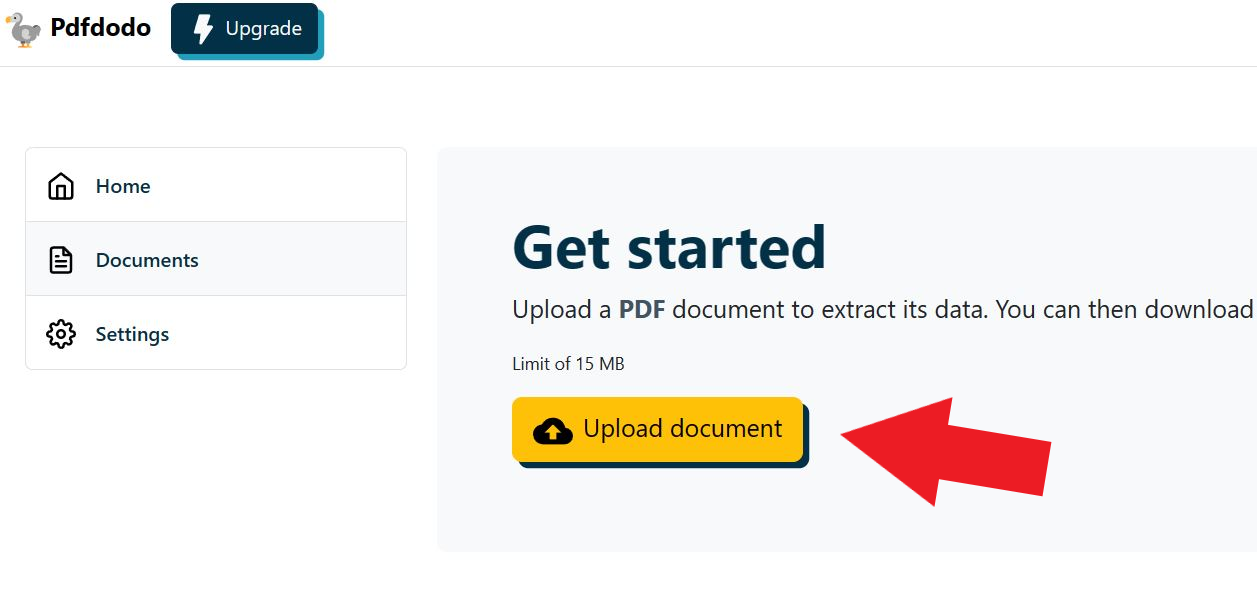
- Step 3: After the document has uploaded - click “Start Analysis”. This will usually take a few seconds.
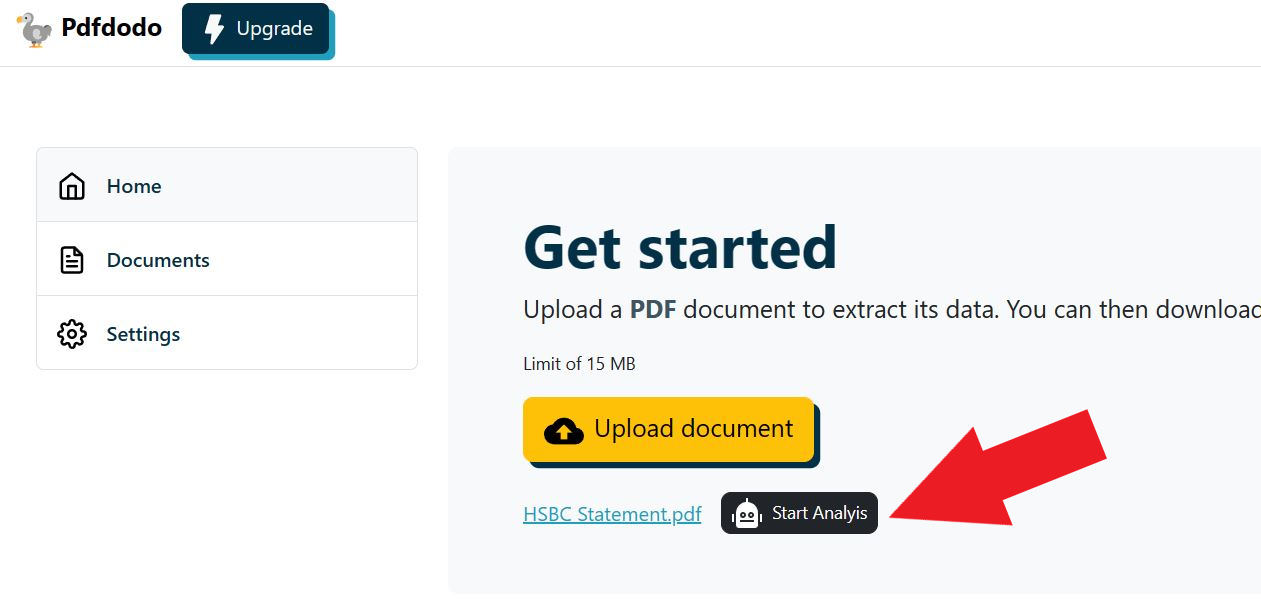
- Step 4: Click on the uploaded document link to see the results.
After PdfDodo has completed analysis, it will list out all the data that it thinks is in a table format.
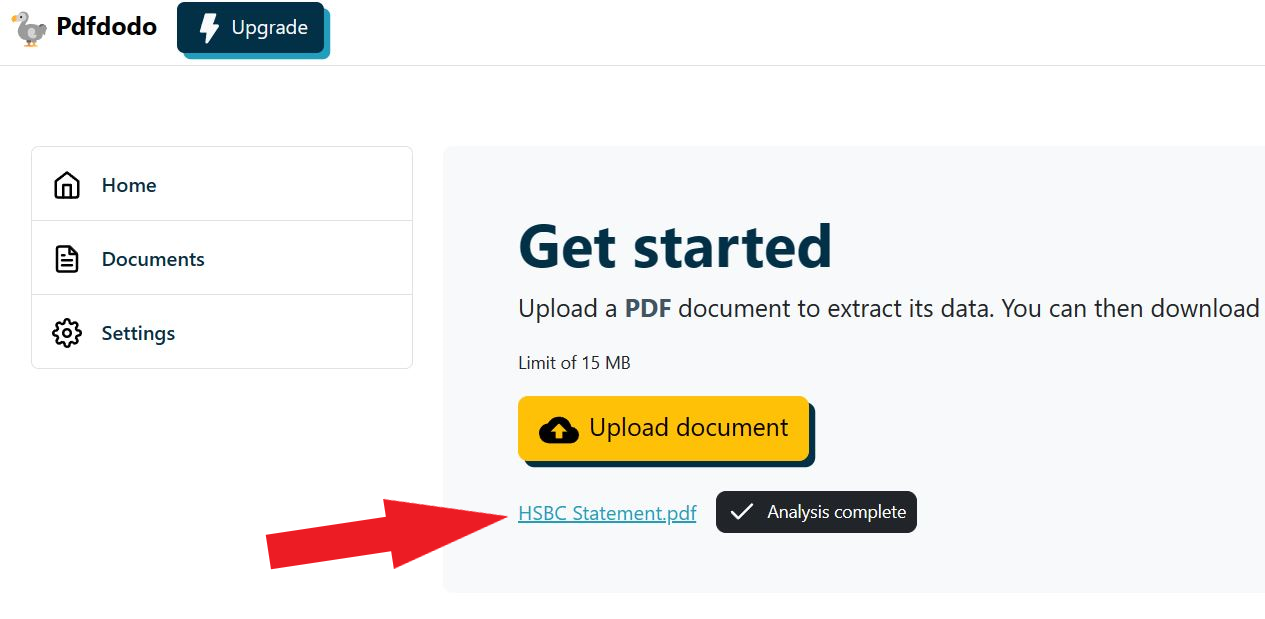
Now we can see our result and download the Excel or CSV file:
We can see that the conversion was fairly accurate and with little dramas.
Benefits
PdfDodo is optimized for financial reports such as balance sheets. So conversion will be more accurate than your average PDF to Excel extractor.
This is it will know about nested rows, currencies, etc. Additionally other benefits include:
- Works with scanned documents and text-based PDFs as well.
- Also works with password protected PDFs.
Option 2 - Extract with Microsoft Word (⭐⭐⭐ / 5)
If you already have the latest Microsoft Word and do not want to spend more on software, consider using this option.
(I would not recommend this option if you already have other alternatives. The results are a hit and miss)
To get started:
- Open Microsoft Word.
- Click on “File” at the top-left.
- Select “Open”.
- Browse to your PDF’s location.
- Choose the PDF and click “Open”. A quick note: Word will make a conversion copy of your PDF. Don’t worry; your original PDF stays untouched.
- Press “OK” to start the conversion.
Positives
- For individuals already accustomed to Microsoft Word, the transition to converting PDFs to Excel using this platform is seamless. There’s no necessity for downloading or investing in specialized software solely for the conversion task. Familiarity with Word’s interface further simplifies the process.
- The feature is accessible from Word (2013 onwards), allowing for PDF conversions without any extra financial burden. This stands in contrast to certain dedicated PDF conversion utilities that come with associated costs.
- With the conversion process unfolding offline directly on your machine, you maintain full control over your data. This minimizes risks often tied to uploading sensitive documents on online conversion platforms.
Negatives
- A potential downside is that Word may struggle to perfectly mirror the original formatting of the PDF, particularly if the PDF is laden with intricate graphics, columns, or specialized formatting elements.
- There might be issues with the positioning, quality, or even the complete conversion of images, charts, or other graphical components.
- The resultant PDF file size may unexpectedly surpass that of the initial Word document, which can be an inconvenience.
- The appearance of the converted document might deviate from the original if the PDF utilizes fonts that are absent on your computer, as Word may replace them with alternative fonts.
- Word falls short when it comes to converting scanned or password-protected PDFs, restricting its utility in such scenarios.
Option 3: Adobe Acrobat DC (⭐⭐⭐⭐ / 5 )
This option is quite good if you have the cash to spend. Here’s how you can convert a PDF bank statement to Excel using Adobe Acrobat DC:
- Launch Adobe Acrobat DC on your computer.
- Click on “File” in the upper-left corner.
- Choose “Open” and then navigate to your PDF bank statement file to open it.
- Once your PDF is open, look for the “Export PDF” tool in the right pane. Click on it.
- From the list of available formats, select “Spreadsheet” and then choose “Microsoft Excel Workbook (*.xlsx)”.
- Click the “Export” button.
- Choose a location to save your converted file, name it, and click “Save”.
After conversion, open the generated Excel file - Sometimes the formatting might not be perfect, especially if the original PDF has complex layouts.
Pros and cons
Adobe Acrobat DC proves to be efficient in handling PDFs in most scenarios, albeit with a few stumbling blocks.
The requirement of a pricier Adobe license might deter potential users, especially when considering the hefty system resources the software demands post-installation.
While it handles general PDF processing adequately, it falters with scanned and password-protected PDFs, and lacks bulk conversion capabilities, making it a mixed bag for users seeking a robust, all-encompassing solution.
Final thoughts
Copying a company balance sheet to Excel can be easy if you use the right tools.
Using PdfDodo pretty much work 100% of the time.
Alternatively you can use Microsoft Word or Adobe Acrobat DC. This has the downside of price and conversion can be janky!
👋 About the Author
G'day! I am Ken Ito a software engineer based in Australia. I have worked as a software engineer for more than 10 years ranging from roles such as tech lead, data analyst to individual contributor. I have experience in creating code (python, javascript) to extract data from PDFs for ETL and financial statement analysis for accounting purposes.
During those years, I have worked for Government departments, companies like NTT (Nippon Telegraph and Telephone), Bupa and not-for-profit organizations.

3 Ways to Convert Pdf to Excel Without Losing Formatting
Sep 21, 2023Step by Step to convert your scanned PDFs to Excel without losing formatting.

3 Ways to Convert pdf bank statement to CSV FreshBooks
Sep 21, 2023Best 3 ways to convert your scanned bank statement PDFs to Excel and import into FreshBooks

[HOW TO] Convert ANZ Bank Statement to Excel
Sep 21, 2023Guide to convert your ANZ scanned bank statement PDFs to Excel format.
